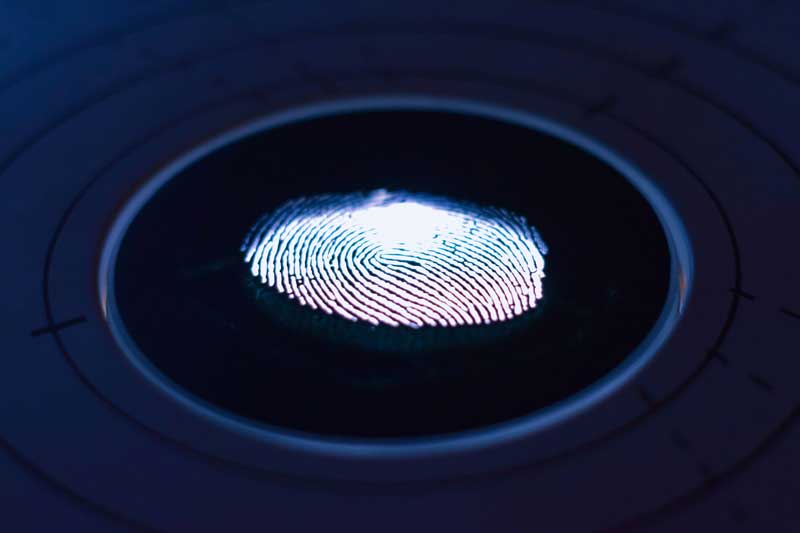Microbial Fingerprints
28
May
2021
We all know every individual has their own set of fingerprints, but did you know your city might too? According to Weill Cornell Medicine in New York City Dr. Christopher Mason, he could tell with 90% accuracy the city in the world from which you came from based on the germs from your shoe.

Professor Mason's team swabbed railings, seats, and ticket kiosks of bus and subway stations in 60 cities. From their swab collections, they discovered that each city has a unique microbial fingerprint based on climate and geography. "In addition, there was a "core" set of 31 species that are not found in the human body," but were found in almost all of the swab samples (Kingsland, 2021).
Every day, we come into contact with several different harmless (and some not so harmless) germs located on surfaces in places like subway stations or airports. Different travelers bring in their own bodily microbials that come in contact with organisms already living in the environment the traveler visits. The collection of the germs intermingling allowed scientists to create a "microbiome of mass transit systems as a proxy for the urban microbiome as a whole,"(Kingsland, 2021). This mass germ contact in local places causes our cities "fingerprints."
Professor Mason's microbial swabbing and data collection began in 2013 when he found interest in swabbing the NYC subway station and figuring out the different local biomes based on the germs he collected. This led to scientists across the globe asking him exactly how they should conduct their own research on their cities fingerprints. Since there was a demand for cities' microbial tests, prof. Mason developed a "protocol to standardize the sample so that each survey included swabs from benches, handrails and the counters of ticket booths," and other high-touch surfaces (Kingsland, 2021).
The study isn't used as just a way to locate what city you're from. The latest study shows that "many different bacterial genes [which] confer resistance to common antibiotics are," all across the urban environment (Kingsland, 2021). Resistant genes that most commonly allow bacteria to survive against MLS and beta-lactam antibiotics are found during these swabs. Healthcare professionals then use these antimicrobials to treat different diseases and infections. Some of these include respiratory diseases, STDs and skin diseases.
In 2015, the International Metagenomics and Meta Design of Subways and Urban Biomes was founded to specifically take samples from air, water and sewage to track antimicrobial resistance and the spread of infectious organisms. The data also holds information about livestock and farms. Having this data could help prevent another novel disease like COVID-19 and help track where exactly it came from and help pave the way on how to fight back effectively. The information gathered, according to Mason, would be sent to the World Health and Organization (WHO) and show them how a system of this magnitude could work.
One weakness currently seen behind this science is its inability to feature RNA. The current system only tracks DNA based material, which proves to be a problem based on COVID-19's ability to attack the RNA. The organization plans to have future projects include RNA. Who knew our city's germy fingerprints could prevent future pandemics?
For more information, check out these links below!